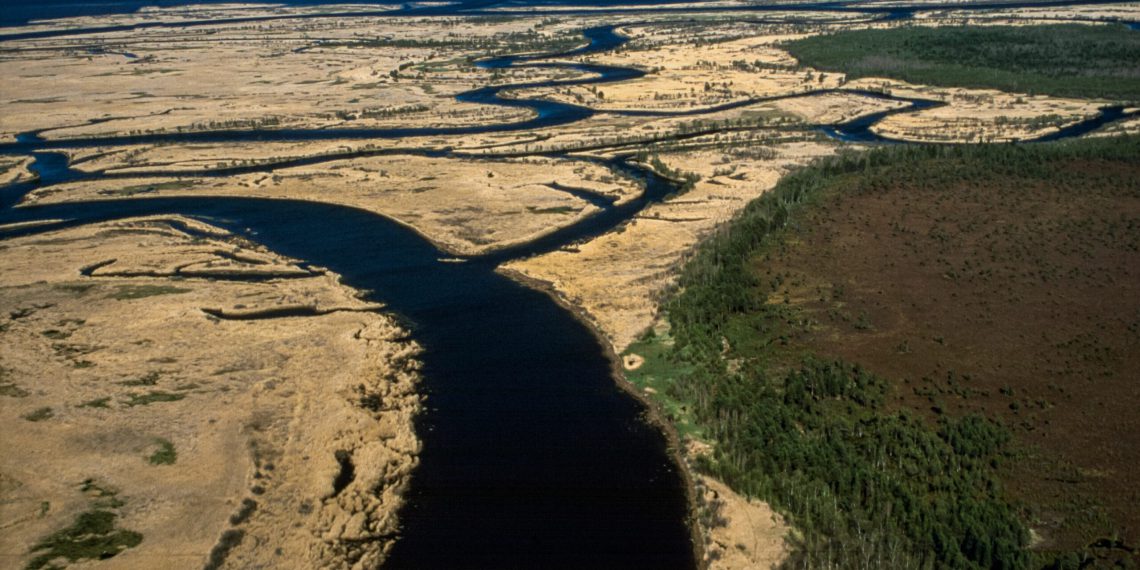Wetlands store about five times more carbon per square meter than forests and 500 times more than oceans. In these ecosystems, plant growth and carbon deposition in the soil stimulate each other. Protecting and restoring such wetlands can help humans reduce atmospheric CO2 concentrations in the face of the climate crisis.
This is one of the findings of a study now (May 2022) published in the international scientific journal Science under the title Recovering wetland biogeomorphic feedbacks to restore the world’s biotic carbon hotspots (DOI: 10.1126/science.abn1479). The international team of authors, including Greifswald-based peatland researcher Prof. Dr. Hans Joosten, also has good news: we are getting better at managing and restoring these ecosystems.
Peatlands, salt marshes, mangrove forests and seagrass beds cover only one percent of the Earth’s total surface, but contain 20 percent of the total carbon sequestered in all ecosystems combined worldwide. This enormous contribution is due to the fact that in these ecosystems plant growth and carbon deposition in the soil stimulate each other. Scientists* from the Netherlands Institute of Oceanography (NIOZ), Utrecht University, Radboud University Nijmegen, the University of Groningen and the University of Greifswald show this in a study integrating their own research data with all recent scientific literature.
“The study shows that wetlands store about five times more carbon per square meter than forests and 500 times more than oceans. Wetlands such as peatlands, salt marshes, mangrove forests and seagrass beds are therefore ‘hotspots’ for CO2 storage.”
- Ralph Temmink, researcher at Utrecht University
These landscapes form with the help of the plants that grow on them. Peat mosses on raised bogs are one example. Together, they retain enormous amounts of rainwater, which stimulates their own growth. Among the living peat mosses, the remains of the dead plantlets pile up. Since this layer, up to ten meters thick in places, is permanently saturated with water, the dead remains are hardly decomposed. The carbon remains and is not released into the atmosphere as carbon dioxide.
In fens and coastal marshes, plants hold dead plant remains with their root mat. This releases nutrients, which in turn help plants grow better. As a result, the carbon-rich plant remains accumulate in the wet soil and form a thick layer of soil. This also avoids CO2 emissions, as in raised bogs.
Although wetlands are essential in the fight against climate change, human intervention destroys one percent of these ecosystems worldwide every year. Drainage, reclamation, and pollution disrupt landscape-forming processes and account for about five percent of our annual global CO2 emissions.
More than half of all attempts to restore wetlands fail because the landscape-forming properties of plants are not taken into account, or are inadequately addressed. “Our study shows that peatlands are the world’s most important carbon-storing ecosystems in terms of quantity — second only to the oceans, but covering a much smaller area. That’s why it’s critical to strictly protect the peatlands that are still in good condition and to re-wet and restore the drained, degraded peatlands as quickly as possible. The good news is that we know better and better how to do this on a large scale,” says Hans Joosten, professor of peatland science and paleoecology at the University of Greifswald.

















